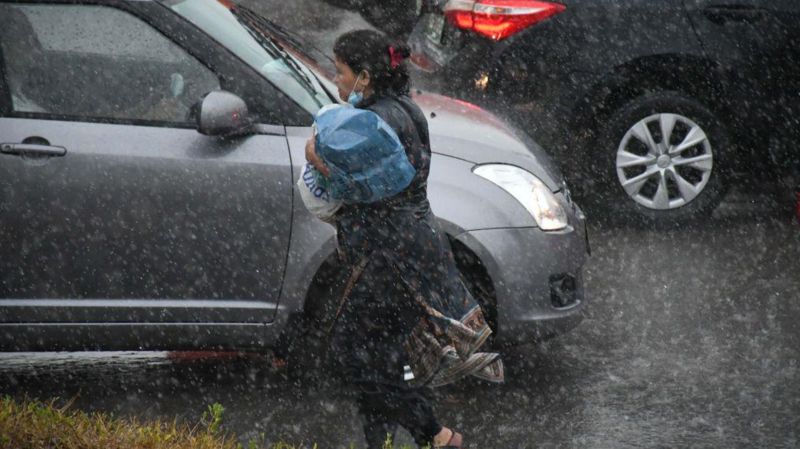December rains will now occur in January, with less winter rains also predicted
Wait a little longer for winter rains as the last ten days
of December are unlikely to start raining while January and February are also
likely to see less than normal rains.
In the remaining days of this year, the weather will remain
dry in the plains of Punjab and Sindh.
If you are also waiting for winter after the autumn season
has passed, then know that the long wait is not over yet and you will have to
face the effects of dry weather for a few more days.
According to Zaheeruddin Babar, Director of Meteorological
Department, December this year is unusually dry and there has been no
substantial rain in most parts of the country, especially in the plains of the
country, the weather is dry and now it is winter. The remaining months are
January and February.
According to him, 'regular winter rains will now fall in
January 2023, after which the temperature will drop and the cold will
increase.'
According to the Department of Meteorology, this year the
total number of rains is less than normal. In the last week of December, light
rain may occur at some places in the hilly areas of Kashmir, Gilgit-Baltistan
and Khyber Pakhtunkhwa. There is no rain in the plains of Punjab and Sindh, but
it will be cloudy in Potohar region including Islamabad, Rawalpindi and Murree.
In which there may be light rain or drizzle and there may be light snowfall in
remote hilly areas.
According to Zaheeruddin Babar, the winter rains are
generally limited to Gilgit-Baltistan, Khyber Pakhtunkhwa, some upper plains of
Upper Sindh of Punjab, northwestern parts of Balochistan.
According to him, this winter in January and February, there
is a possibility of less than average rains, but heavy snowfall may also occur
in some mountainous areas.
"Winter
period is shrinking in Pakistan"
With the end of October, when the eleventh month of the year
begins, especially the people living in the upper regions start preparing for
the arrival of winter and as soon as the first rain of winter rains, vests,
globands, jerseys, coats and An attempt is made to avoid the severity of cold
by using warm socks, but these days, a sweater worn in the morning starts to
burn in the sun.
Is this intensity of sunshine unusual in December? This question was answered by the former DG Meteorological Department, Dr. Ghulam Rasool, who is currently associated with IUCN, an international organization working for the survival of the environment.
According to him, in the third week of December, the night
temperature in Islamabad used to reach zero, which is three to four degrees
Celsius these days. If we talk about Islamabad, the sun is hot even during the
day and the temperature is going to be three to four degrees Celsius higher
than normal these days.
According to Ghulam Rasool, every year the summer record is
being made. The cold has not come yet. Until a few years ago, coats and
sweaters used to come out in Islamabad in October, now the duration of winter
is shrinking.
According to him, this time, winter has not yet come in the
upper regions. Pakistan has seen changes in weather patterns due to climate
change for two decades. According to Dr. Ghulam Rasool, "Pakistan is in
its third year of La Niña (climate change system due to changes in sea water
temperature) and this pattern will end by March-April."
Under the influence of La Niña, monsoon rains are high and winter rains are low. This is the reason why it has not rained so far in winter and the rains that will happen are predicted to be slightly less than normal.




.jpeg)
0 Comments